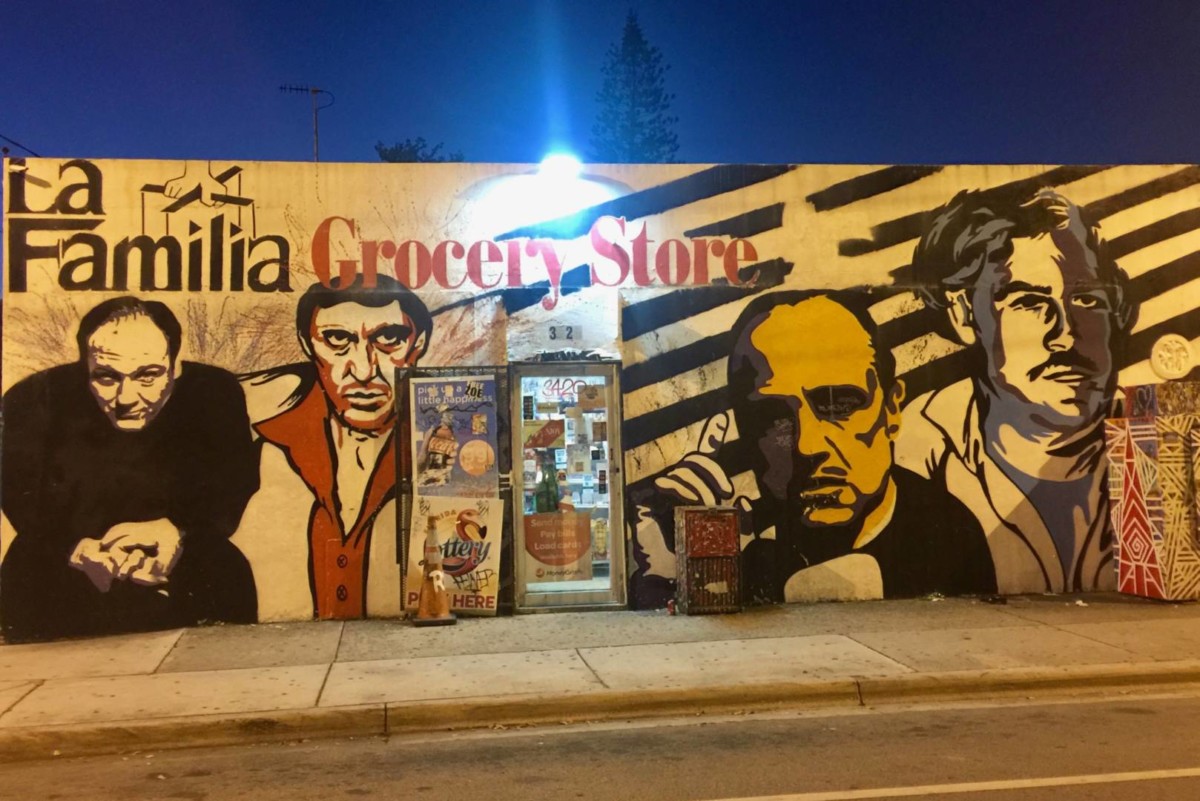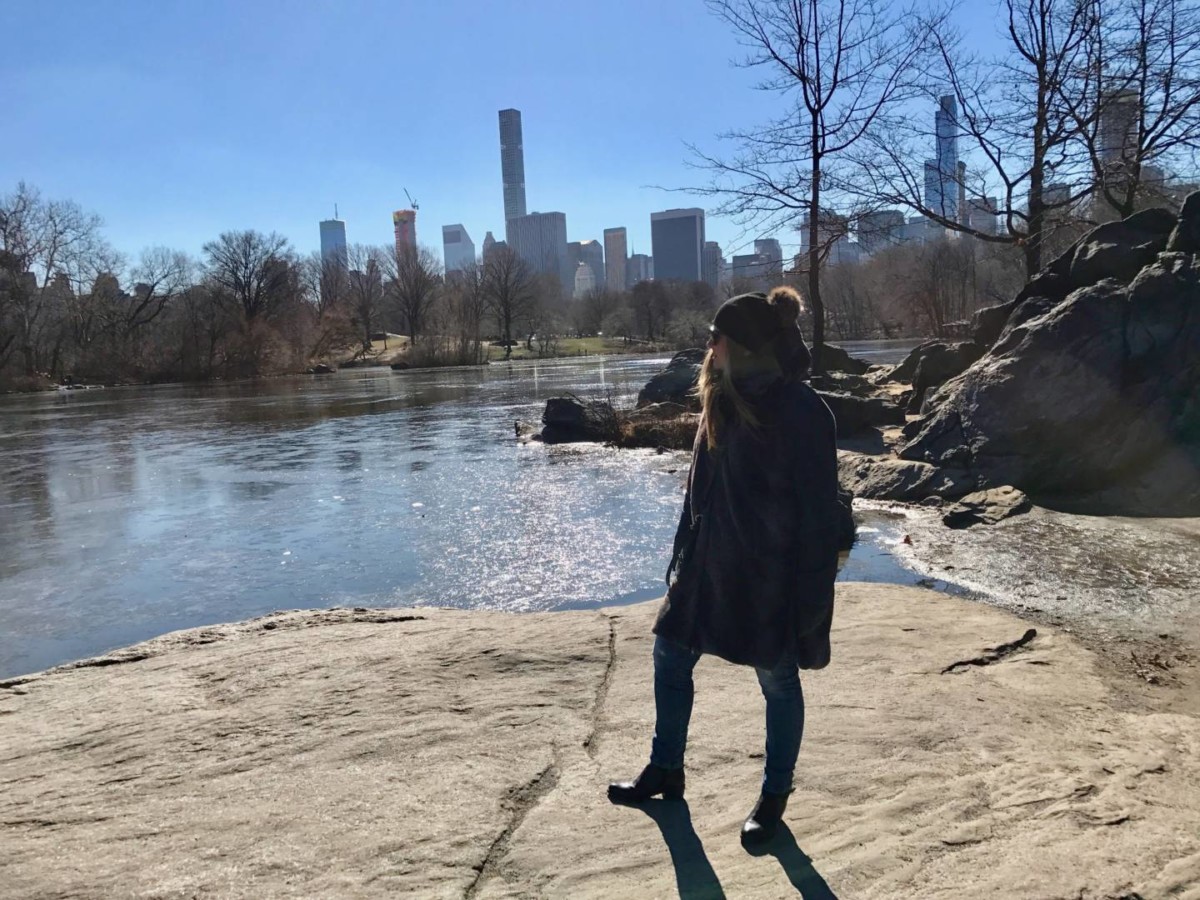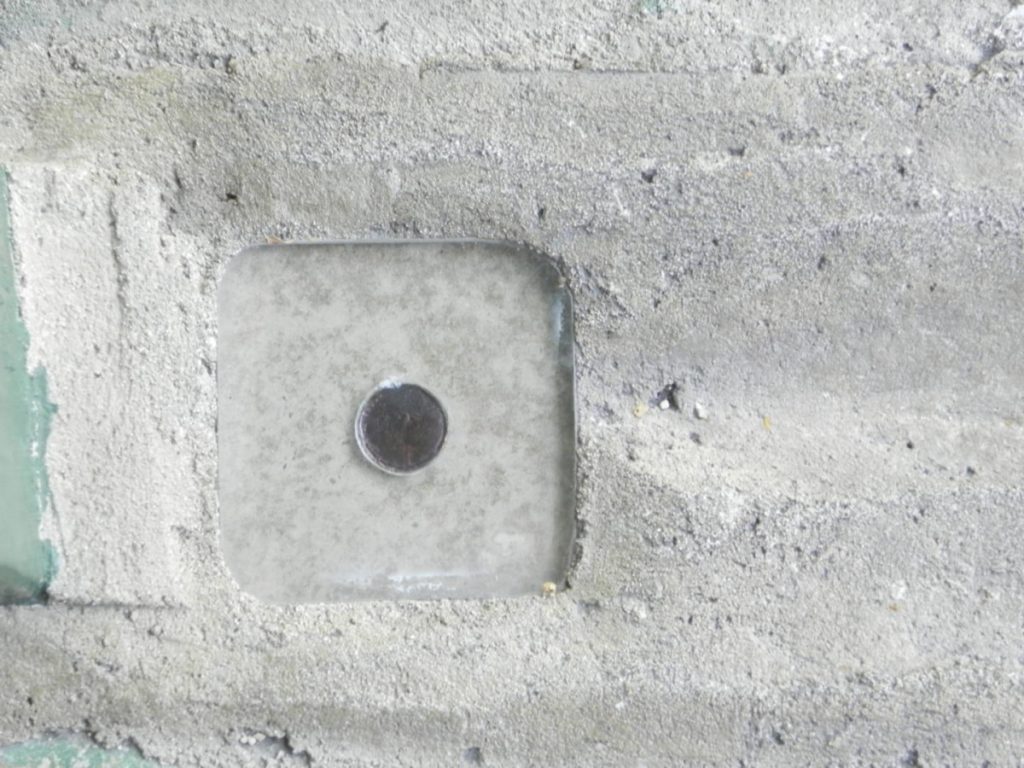


In Italian
To write about the things to do in Key West, suggest paths and unusual location, and tell about stories.
Practically it’s impossible not to mention the most famous places and the brilliant “publicity gimmicks” of its people who contributed over time to turn it into a cult location for tourists and visitors.
What about some examples?
The southernmost strip of land (it does not matter it’s an island) in the USA and the nearest one to the notorious Cuba, genetically voted to fun and relax, where the utopian Conch Republic was founded – have you ever heard mention about the One Human Family “secessionist movement” ?
And where writers of the calibre of Ernest Hemingway found fertile ground (with the inevitably alcoholic support at Sloppy Joe’s Bar’s) to write some of their most famous novels.
Okay, only this would be enough to make it a desirable destination, I admit it.
But what about I tell you there’s more?
First it was the land of the Native Americans, then of Spanish people and then of the United States.
Berthing point for pirates and adventurers, cigars’ manufacturers, artists of the Caribbean looking for luck, alcoholics bootleggers in full Prohibition and an indefinite number of fugitives Cubans.
It’s the seat of one among the greatest American military forces during the delicate phase of the Bay of Pigs at the time of the Kennedy’s administration. And the seat of some among the most beautiful summer dwelling with the typical colonial architecture of the Caribbean of the 1700s and the 1800s.
It is loved and regularly crowded by politicians and intellectuals of the most different wings, by the United States Presidents, writers, painters and activists, and by an important number of tourists of any age group attracted by the many activities related to the Ocean, with a benevolent climate and the lively and non-stop nightlife.
Key West is one of the most traditional and selective places and at the same time open, tolerant, cheerful, original and creative one in the United States.
A very beautiful and charming contradiction in terms from which we run the risk, once settled in, to not be able to go away anymore.
Key West can be reached following the final stretch of the Overseas Highway, that is the US 1, through the suggestive Florida Keys.
Many people decide to dedicate to it a day excursion – guided or “do-it-yourself” – from Miami.
My tip is to get more time and reckon to spend at least one night in the Old Town, maybe stay overnight in one of the suggestive historic Inn framing the multicoloured and cheerful streets of the downtown (that can be easily visited on foot), between Duval Street and Eaton Street.
Here under there’s a 10 legs itinerary, from the most famous and inevitable ones to the most unique and unusual ones, to discover and enjoy the best of Key West.
A giant buoy, red and black with white and gold stripes – you find it at the crossroads between Whitehead Street and South Street – and with the notice 90miles to Cuba – Southernmost Point Continental USA.
It is a sort of conventional boundary line (actually the southernmost site is the near Fort Zachary Taylor National Park) to indicate the southernmost continental point in the USA and the ridiculous distance, just 90miles (about 150km), from the notorious Cuba.
It looks like a photo is de rigueur and it requires also a little bit of patience since there are a lot of tourist in the line from the middle of the day until the sunset.
On the buoy there’s also the symbol of the Conch Republic I mentioned before and that you’ll find everywhere around the island. A sort of brand related ideally to the near mosaic, on the pavement on the right of the Southernmost Point, celebrating the One Human Family.
What is exactly?
In the 1980s a customs near Key Largo was founded to locate eventual criminals, drug peddlers and illegal immigrants coming from the Caribbean area.
A “block” deviated drastically the tourist traffic from Key West towards the safest areas to the north and to the west of Miami, impoverishing the related activities.
Its people rose up founded a sort of Independent Republic then called Conch Republic – it was named after the Conch, the tasty mollusc you can catch in the area – where everyone was well accepted independently of the status (free citizen, refugee or convict), the religion, the political and sexual trend, like in a unique big human family, just the One Human Family.
The Conch Republic declared officially war on the USA, but then it gave up peacefully when the customs was eliminated and the tourist crowd was reintroduced.
We Seceded Where Others Filed
(The Conch Republic – Motto)
Every real inhabitant of Key West (a status got after many years) is a proud Conch exposing the flag of its Republic (often at the expense of the American one) and takes part into the annual commemoration of the historic Secession.
An event that in February attracts really many tourists, among events, performances and high alcoholic rate celebrations.
Duval Street is “the road” of Key west.
A path of about 2km linking South Beach to Mallory Square cutting the Old Town in two parts.
A succession of locations, pubs, restaurants, vintage stores and souvenirs stores, art galleries, cigars sellers, historic Inns turned into B&B, vintage dwellings and museums.
A unique and original mix of sounds, savors, colors and smells.
One of the few roads in the world where to stop and have a good time in a pub – maybe the very famous Sloppy Joe’s Bar, particularly loved by Ernest Hemingway, a regular visitor – and then go out and visit in the street number next to it an exclusive artistic expo or take part into a literary meeting.
Lively, cheerful and noisy, from late in the morning until late in the night.
The Martin Hellings House is one of the last historic dwellings still today Key West private property.
An incredible story with a series of famous owners.
The dwelling was built in 1890 by Martin L. Hellings, Ocean Telegraph Company’s entrepreneur, who distinguished himself as officer during the Civil War. Together with his wife Eleanor Curry, a rich well-read and emancipated heiress, Hellings made the building a very important meeting point for the cultural and social activities of the island.
Successively the house went through a local judge hands, then in 1940 it became the seat of the Key West Woman’s Club, a no-profit association founded in 1915 and run by women only: it deals with preserving, protecting and “feeding” past, present and future of the local community, in a social, cultural, politic and literary field.
The insides are wonderful and perfectly preserved: it’s possible to require a guided tour (usually for free but it’s always better to make a donation) directly at the entrance.
See the official website for further information.
The Conch Republic Seafood Company is a restaurant (perhaps it would be better to call it tavern) crowded mostly by locals: here you can taste, in honor of the above-quoted Conch Republic, the typical dish of Key West, the Conch fried served with lime juice and rice. Don’t forget to taste the delicious Key Lime Pie, one of the best in the area.
Portions are abundant. The products used are very fresh (seafood and crustaceans) and prices are definitely cheap compared to the average of the Duval St. restaurants.
You find it at 631, Greene St.
It’s the house where Hemingway lived with his second wife from 1930 to 1940 and where he wrote, among the several novels, “Green Hills of Africa”.
His perfectly preserved studio, the descendants of his notorious cat with 6 claws and the last penny fixed on the bottom of the big swimming pool (strongly wanted by his wife) and, on the whole, the exploration of the entire dwelling allow to get a quite clear idea about the writer and the man.
A recommended and not to miss tour.
On the official website of the Ernest Hemingway House you find the necessary info about schedules, guided tours and particular events dedicated to the artist.

Ernest Hemingway House, the last penny fixed in the cement by Hemingway on the bottom of the swimming pool
The vacation house of President Harry Truman, turned into a downright Little White House by himself – due to the frequent stays on the island.
Here Truman met journalists and politicians, organized press conferences and handled the emergencies from Washington DC.
Other 5 Presidents (among them, JFK himself) stayed in the Little White House for short periods during their mandate.
The house-museum is full of objects related to Truman’s passage (like have a leap in the early 1950s): the guided tours last about 45 minutes and they are rich in stories and anecdotes.
A suggestive place that few people know.
It’s the old The Trev-Mor Hotel, built in 1919 with the attached concessionary – the first one on the island – for car rental and sales.
Hemingway and his wife stayed in this hotel during their first visit to Key West in 1928. The writer was a guest at the hotel for three weeks waiting for collecting his new car, a Ford ordered right in the concessionary below.
It was during this “forced” stay that he fell in love with the island. Inspired, he wrote a good part of “A Farewell to Arms”.
Today Casa Antigua is occupied by the Pelican Poop Gift Shoppe: paying $2 it’s possible to visit the courtyard on the back and listen to Hemingway and the building’s story.
The crucial point of the Old Town, the square where the most famous and crowded streets meet: here each afternoon, then keep going on until late in the evening, bands, dancers, artists, odd characters and daily passengers on a cruise meet here.
Not to miss, in the northeast side of the square, the Mel Fisher Maritime Heritage Museum with its precious collection of ancient maps and relics recovered from the pirate ships sunk in the area.
A must, with or without clear sky, maybe even more suggestive with some clouds at the horizon.
A sunset – right behind the square with the same name – on the Ocean sit on the quay, maybe drinking beer and eating a take-away portion of Conch Fried.
A memory that alone it is worth it the journey.
An unusual place, located immediately behind the Old Town downtown (the main entrance is in Angela St.): it’s a cemetery architecture dating back to the 1800s strongly contrasting with the lively colors of the near Duval St.
The Key West Cemetery dates back to 1847 and develops on the highest point of Key West. It keeps the tombs and the graves (some of them definitely odd, like a giant stone and marble Conch) of the most famous characters of the town, included the mausoleum dedicated to the Los Martires de Cuba.
Upon request guided tours are planned. If you are interested in it, you can refer to the Historic Florida Keys Foundation.